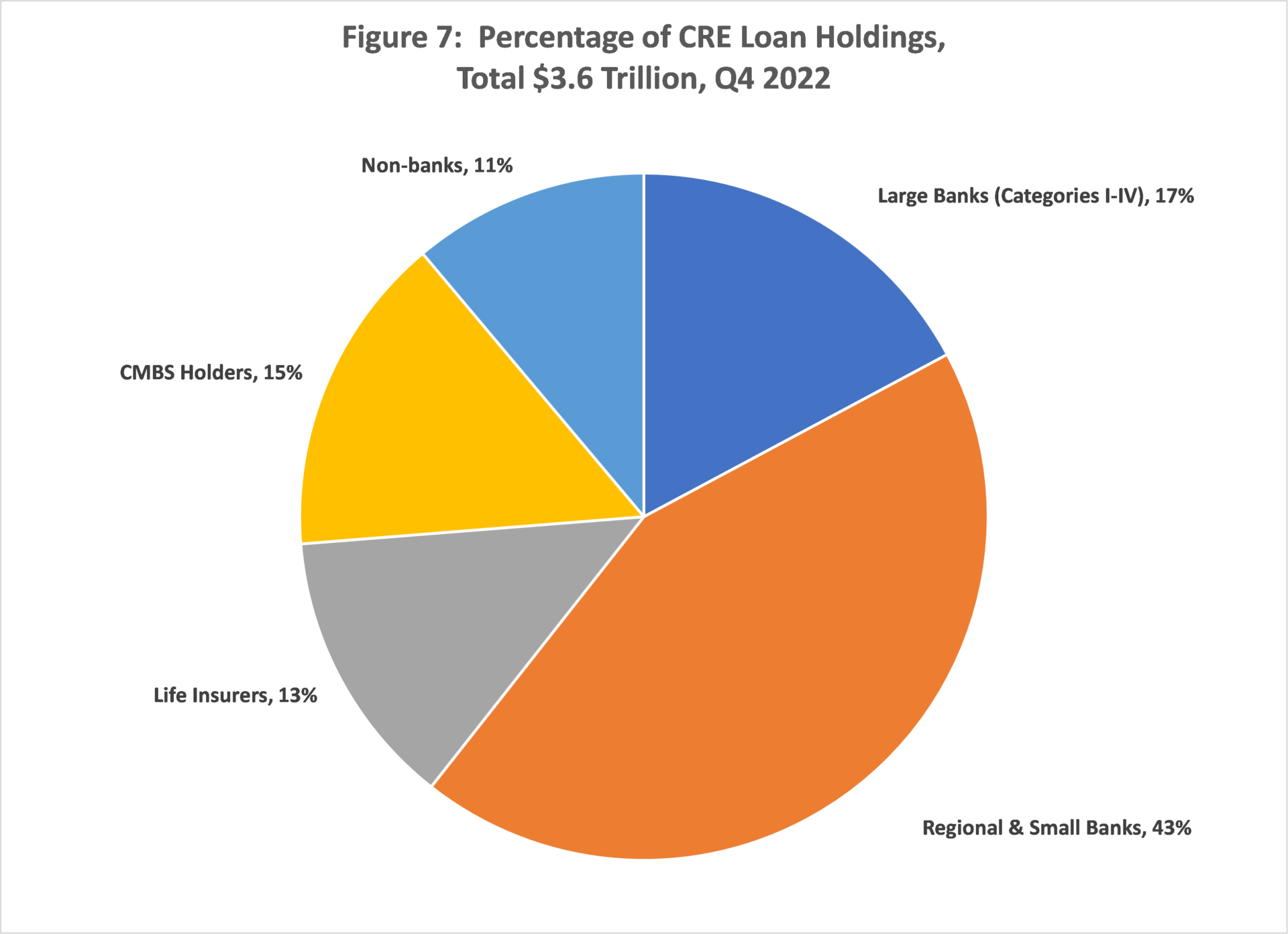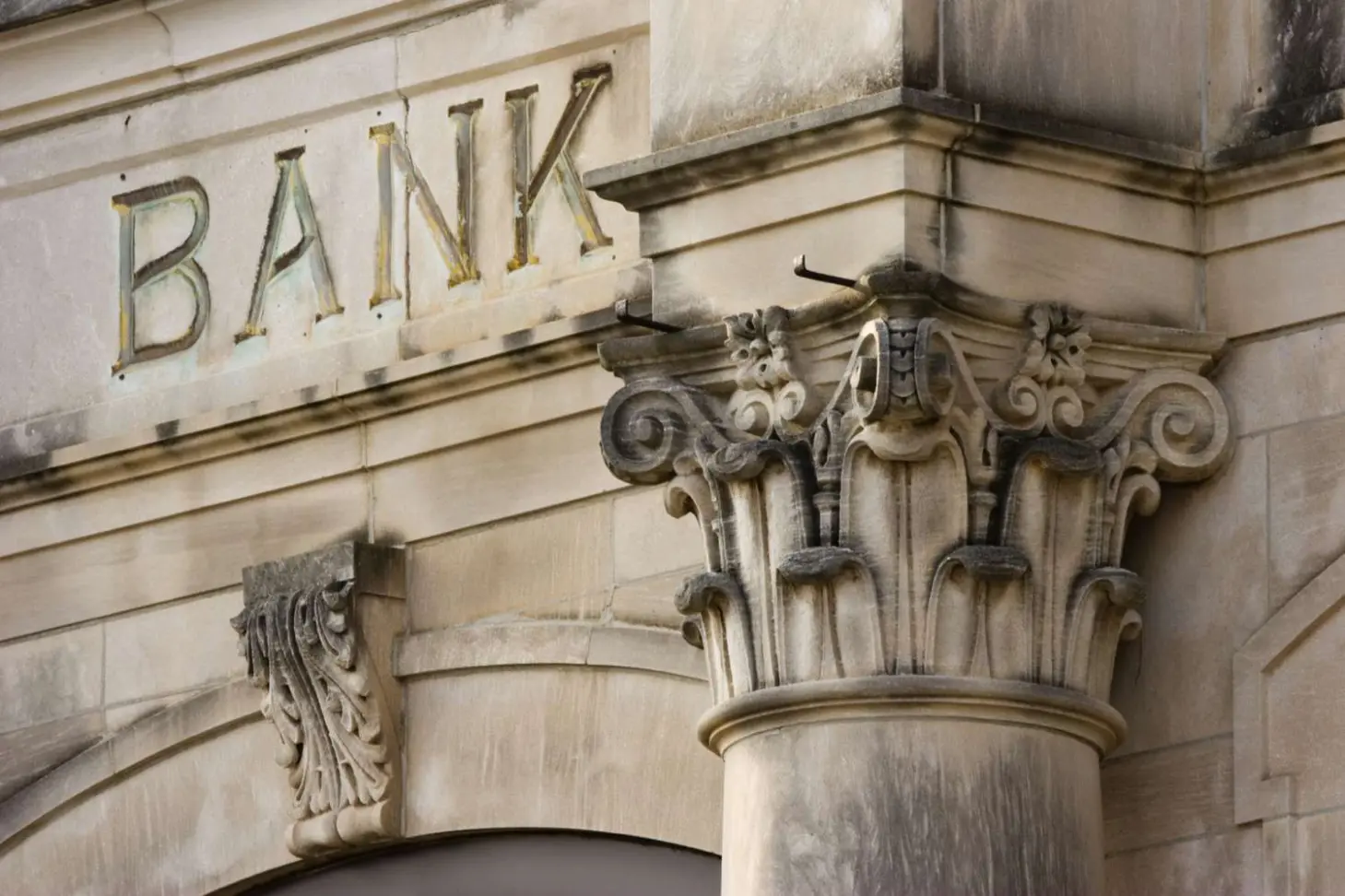In the wake of the COVID-pandemic, major banks across the United States are now facing intense scrutiny over their lending practices. While the pandemic led to unprecedented government interventions and emergency relief measures, some financial institutions are now being questioned about the fairness and transparency of their loan offerings, particularly for minority communities and small businesses.
With the Federal Reserve taking a more proactive stance on consumer protection and lending oversight, regulators are increasingly focused on how banks responded to the pandemic’s economic fallout and whether their actions were in line with fair lending laws.
Key Areas of Scrutiny
1. Discriminatory Lending Practices
- One of the primary concerns raised by critics is whether banks engaged in discriminatory lending practices, particularly toward low-income and minority borrowers.
- Despite the government’s push to ensure equitable access to relief funds, there are allegations that certain financial institutions were slow to approve loans for Black, Hispanic, and Native American communities compared to white applicants.
- In response, regulators have launched investigations into whether these practices violated the Equal Credit Opportunity Act (ECOA), which prohibits discrimination in lending based on race, color, religion, national origin, sex, marital status, or age.
2. PPP Loan Distribution
- A significant part of the scrutiny centers on how banks distributed the Paycheck Protection Program (PPP) loans, which were part of the government’s response to help small businesses during the pandemic.
- Critics argue that large financial institutions may have prioritized their existing clients or larger corporations, leaving smaller businesses and those without pre-existing banking relationships at a disadvantage.
- A report by the U.S. Small Business Administration (SBA) found that larger banks approved a disproportionate share of PPP loans for larger companies, whereas community banks tended to serve smaller and more diverse business owners.
- This has led to calls for greater accountability in how future relief programs are managed and distributed.
3. Unfair Interest Rates and Fees
- Banks are also being scrutinized for charging unfair interest rates or excessive fees on loans, especially during a period when many borrowers were experiencing financial hardship.
- Some borrowers claim that despite government mandates to freeze or delay loan payments, certain banks continued to charge high fees or imposed penalties for late payments, leading to additional financial strain on already struggling individuals and small businesses.
- The Consumer Financial Protection Bureau (CFPB) has initiated reviews into whether such practices violated consumer protection laws.
Impact on Consumers and Small Businesses
1. Financial Strain on Low-Income Borrowers
- Low-income borrowers and minority communities were particularly impacted by the pandemic, with many losing their jobs or facing significant reductions in income.
- Rising interest rates and a slow recovery in job markets compounded the challenges faced by these groups, making it harder for them to access affordable credit.
- Critics argue that banks’ reluctance to provide forgiving loans or adjusted repayment plans disproportionately affected those who were already struggling economically.
- Financial experts warn that if these practices continue unchecked, they could contribute to widening economic inequality.
2. Small Businesses Struggling to Access Capital
- Small businesses, particularly those in minority-owned communities, also faced barriers to accessing PPP loans or other relief funds during the pandemic.
- While large corporations were able to leverage their existing banking relationships to secure immediate access to funds, small businesses often had to deal with lengthy approval processes and inadequate communication from financial institutions.
- As a result, many small businesses were forced to close their doors, unable to recover from the financial strain of the pandemic.
3. Loss of Consumer Trust in Financial Institutions
- As scrutiny over banks’ post-pandemic lending practices increases, many consumers are expressing distrust in the financial system.
- With the ongoing investigations into lending disparities, some consumers may be less inclined to engage with traditional banks, opting instead for alternative lending platforms or community-based financial institutions.
- For financial institutions, rebuilding trust with consumers and small businesses will require transparent policies, responsible lending practices, and a renewed commitment to financial inclusion.
Regulatory Actions and Responses
1. Increased Oversight from Federal Regulators
- In response to growing concerns, federal regulators, including the Federal Reserve, Office of the Comptroller of the Currency (OCC), and the Consumer Financial Protection Bureau (CFPB), have ramped up their oversight of banks’ lending practices.
- The Federal Reserve has specifically indicated that it will tighten regulations on how banks issue and manage loans, especially those offered during times of economic hardship, like the pandemic.
- The OCC has also signaled that it will review bank policies on loan approvals, interest rates, and payment deferrals to ensure compliance with fair lending laws.
2. Legal and Financial Repercussions for Banks
- Banks that are found to have engaged in discriminatory or unfair lending practices could face significant financial penalties or lawsuits.
- Legal experts predict that the fallout from these investigations could result in class action lawsuits from borrowers or penalties imposed by regulators.
- In addition to financial penalties, banks may be forced to revise their lending policies and implement stronger consumer protection measures.
3. Strengthening Consumer Protection Laws
- Lawmakers are also considering new legislation aimed at strengthening consumer protection laws and holding financial institutions accountable for unfair lending practices.
- Proposed bills could require banks to be more transparent in their loan terms and interest rate calculations, as well as provide more flexible repayment options for borrowers impacted by economic crises.
The Future of Lending Practices Post-Pandemic
1. Moving Toward Digital Lending Solutions
- As banks face scrutiny over traditional lending methods, many are looking to digital platforms and alternative lending solutions to streamline the borrowing process.
- Online lenders and peer-to-peer lending platforms are gaining popularity due to their ability to offer quicker approvals, lower fees, and more personalized services.
- Financial institutions are now looking at ways to digitally transform their lending practices to remain competitive and meet the needs of tech-savvy borrowers.
2. A Push for More Inclusive Lending Practices
- One of the silver linings of this heightened scrutiny is the push for more inclusive lending practices.
- Banks may increasingly focus on diversifying their customer base, offering products and services that specifically cater to underrepresented communities and small businesses.
- By rebuilding trust through transparency and fairness, banks could ensure long-term financial stability while fostering economic growth in the most vulnerable sectors.
3. Greater Accountability and Transparency
- As consumer protection becomes more of a priority, banks will be expected to be more accountable in their lending processes, particularly when it comes to interest rates, loan approval criteria, and disbursement practices.
- This shift may result in a more regulated and ethical lending landscape that emphasizes both profitability and fairness










.webp)